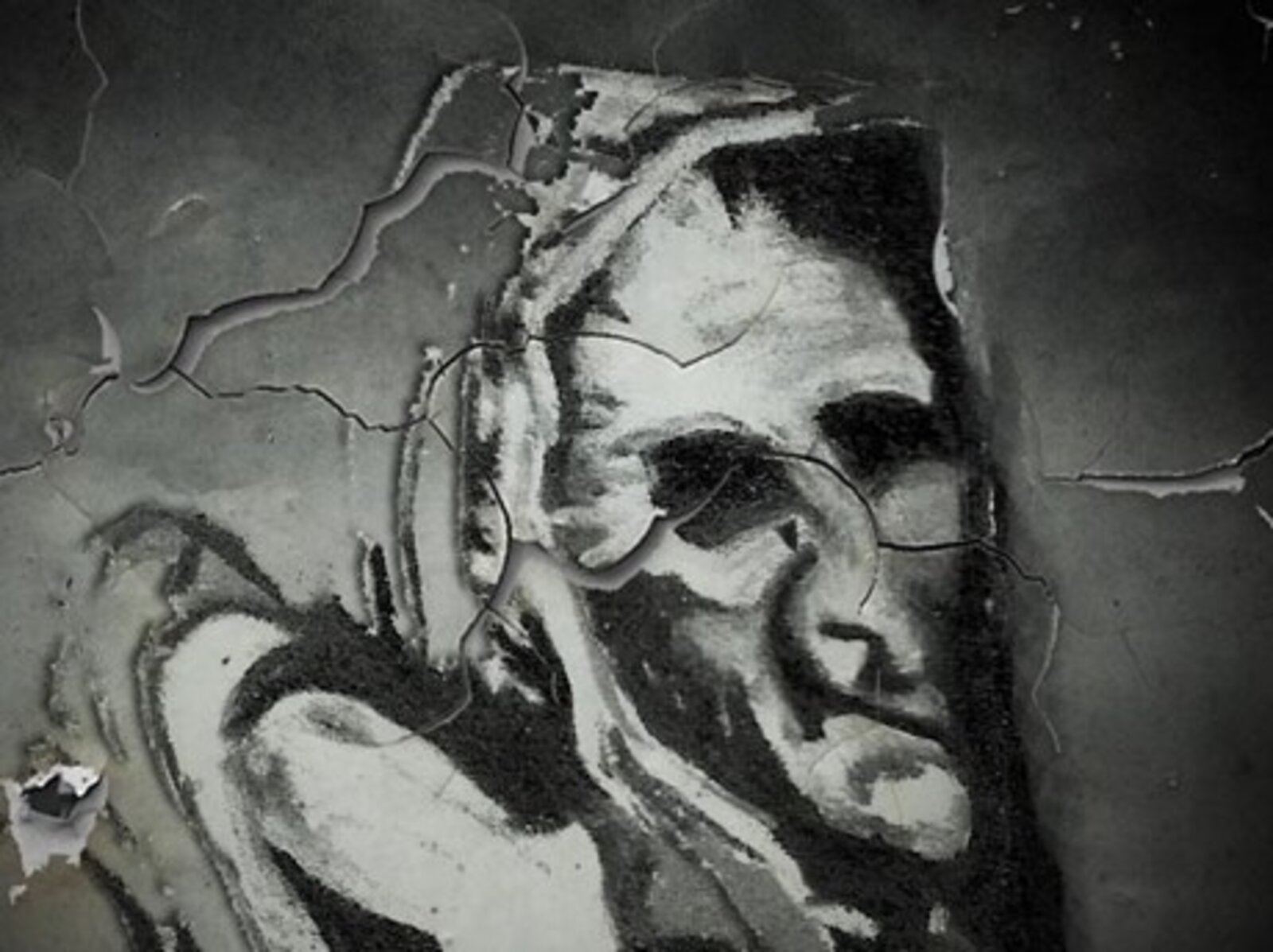
Witch trials: Is the quiet town of Paisley still cursed by witches today?
Witches, witch hunts, curses, and fabric, oh my! A few years after the Salem Witch trials, another famous witch trial took place in Scotland. Granted, witch trials had been happening all over England & Scotland throughout the seventeenth century, but this one still leaves its mark on the town of Paisley, Scotland.
Known today as the Paisley Witch Trials, their legacy lasts in an alleged witch’s curse placed on the town, and a fabric empire that you might know better from the 1970s, the decade where paisley rose to prominence in the fashion world. Ready to delve into this creepy, strange story? Let’s begin!

Throwing up chicken feathers
The story of the Paisley witch trials begins when ten-year-old Christian Shaw, daughter of John Shaw, Laird of Bargarran, fell ill and began having fits. After doctors examined her, she reportedly threw up balls, chicken feathers, straw, coal, and gravel. When doctors couldn’t find the source of her malady, Christian Shaw told them: a servant in her house had cursed her.
Shaw’s account accused Catharine Campbell, a servant in her house, of cursing her after Shaw caught her stealing milk and told her mother. Shaw said Campbell cursed her soul to be “hauled into Hell” three times, which was when Shaw started getting sick.

Witch hunts in Scotland
Shaw’s accusation came after a century of brutal witch hunts throughout Scotland. Although only 500 people were reportedly executed for witchcraft in England, 4,000, mostly women, were executed for witchcraft in Scotland at the same time. Scottish Witches author Lily Seafield explained:
“In . . . Scotland in particular, there was a time when fear and hatred of magic and its practitioners reached such a fever pitch that hundreds of men and women were hunted down and made to suffer terribly for alleged crimes of witchcraft. During the sixteenth and seventeenth centuries, the skies over many Scottish towns frequently clouded over with smoke from the fires that sent these people to their deaths.”
This was also a time of great conflict, as the Bishops’ Wars, Covenanter/Royalist battles, and the English Civil War simultaneously occurred alongside the Scottish witch trials. In the previous century, King James VI of Scotland, I of England, wrote Daemonologie, a book that spearheaded witch trials across England & Scotland for the next century.

Witch’s curse
Women who were accused of witchcraft were often old & poor. If they practiced any sort of magic, it was usually herbalism or folkloric divination like predicting the weather with birds & cows – common at the time. In addition to Catharine Campbell, Shaw also accused Agnes Naismith, an old woman in town who had already been suspected of witchcraft.
Campbell & Naismith wouldn’t be the last women Shaw accused. Shaw pointed fingers and at least thirty-five other people, although only seven were subject to witch trials. All seven were found guilty and sentenced to death, including John & James Lindsay, who were only eleven & fourteen when their sentences were carried out. Per Scottish law, the accused were garroted and their bodies were burned at a crossroads.
According to legend, Agnes Naismith screamed a “dying woman’s curse” on the town of Paisley as she was being carried to her execution. The curse was blamed for several accidents & tragedies in Paisley, including a fire in 1810 that killed eighty-five people. It was later sarcastically blamed for the town’s decline during the economic slump in the 1970s.

What about curses & fabric?
Agnes Naismith’s grave was marked with a horseshoe to keep her curse at bay. It disappeared in the 1960s and was replaced with a new one in 2008, reading: “Pain Inflicted, Suffering Endured, Injustice Done.”
In 2010, a wreath-laying ceremony was held where she and other victims of the Paisley witch trials perished. The ceremony was held by Paisley Development Trust and Councillor Eileen McCartin. The Paisley Witch Trials are also remembered as the last mass witch trial in Europe.

As far as Chrisitan Shaw, though, it’s unclear whether she apologized for her actions like the accusers in the Salem Witch Trials. Far from being held accountable, or for facing karma in her lifetime, Shaw became a successful sewist. Thanks to trading with the Dutch, she was able to open a very successful thread company – and the town of Paisley became known for a distinct pattern.
Although Paisley originally comes from Persia and was called boteh or buta per the BBC, the town of Paisley became known worldwide for mass-producing the pattern, and the name stuck. The paisley pattern was known for being embraced by nineteenth-century bohemians like Oscar Wilde and twentieth-century counterculture artists like The Beatles & Jimi Hendrix.



